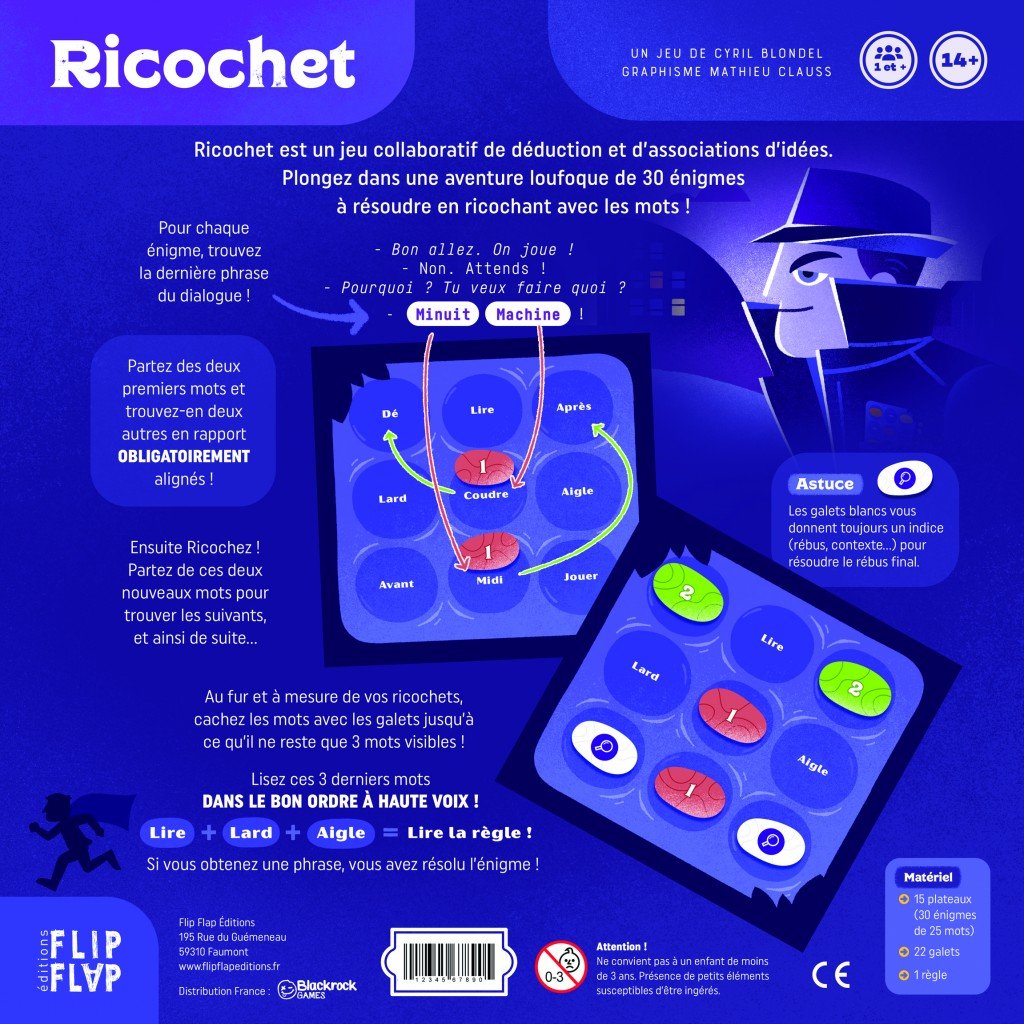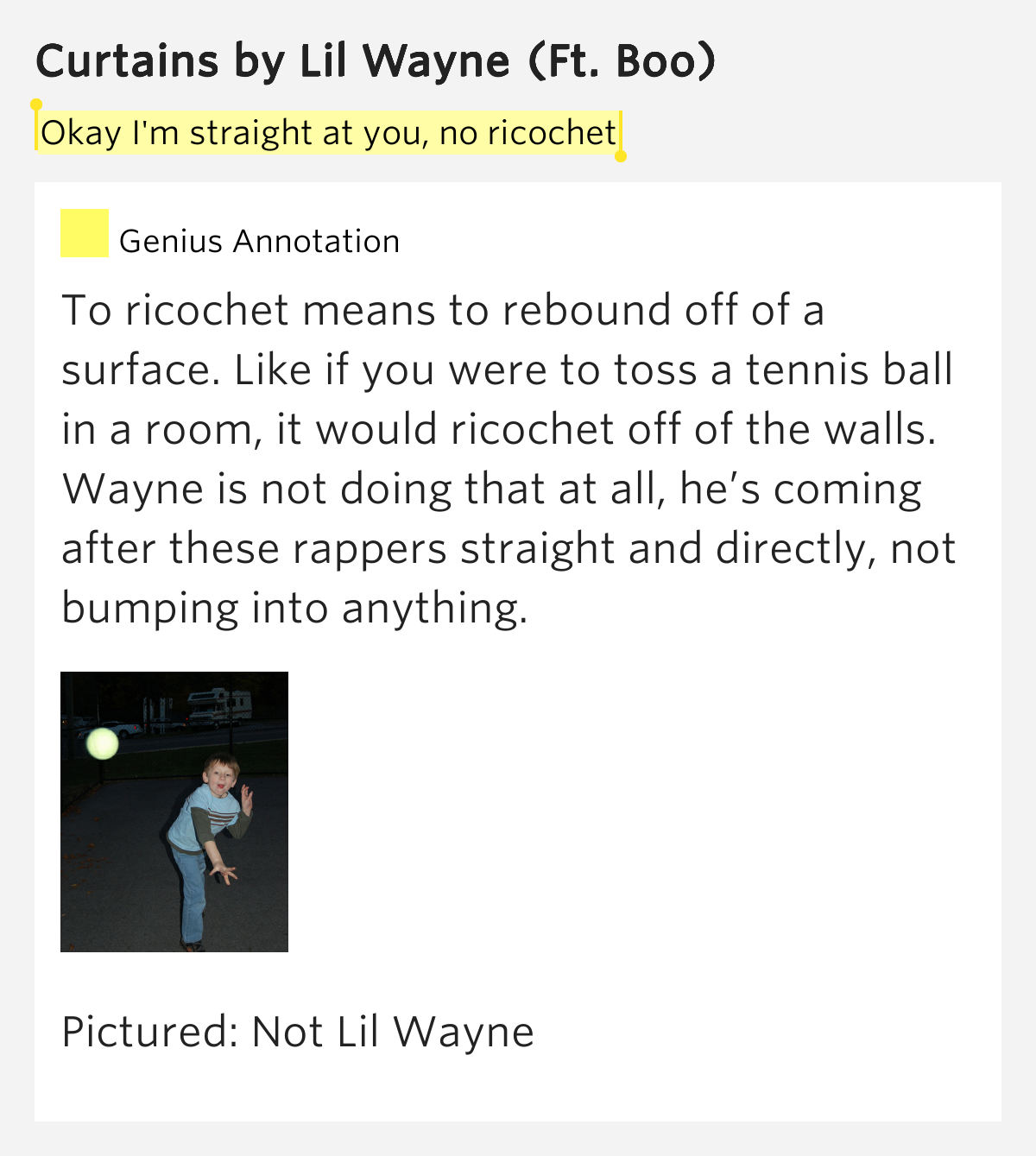

Thus, at an impact angle of 50 degrees, the bullets retained only 20% of impact energy. At angles greater than 30 degrees the retained energy declined in a linear relation with the angle of impact. In the case of the steel plate, for both calibers, for angles of incidence of up to 30 degrees, the bullets tended to stay in one piece and retained approximately 75% of their impact energy.

Houlden also determined the remaining energy of the ricocheting bullets and fragments.15 The determining factors were the angle of impact and the nature of the surface impacted. Table 4.1 Approximate Critical Angles for Various Cartridges and Bullet Types: Water * The angle of incidence is the angle formed by the trajectory of the bullet prior to ricochet and the surface from which the ricochet occurs. 45 ACP bullet, with an incident angle of 50 degrees, fragmented with a fragment of copper jacketing coming off the slab at a ricochet angle of 12.37 degrees.

These figures were also true for the concrete slab with but one exception. The ricochet angles off the steel plate (incident angles 10 to 60 degrees) were less than 5 degrees for the 9-mm bullets less than 4 degrees for the.

At angles below 30 degrees, they tended to remain in one piece though they flattened out. 45 ACP bullets (230 gr.) at a 5-mm thick concrete slab and a 6-mm thick steel sheet, at angles fromġ0 to 60 degrees.15 For both calibers, at angles of incidence of 30 degrees or more, the bullets fragmented.
Ricochet definition full#
Houlden fired full metal-jacketed 9-mm Luger (115 gr.) and. Not surprisingly, these ricochetingbulletslosetheir gyro-scop 14īullets ricocheting off solid surfaces usually ricochet-off at angles smaller than the impact angle.14 Such bullets are unstable and will tumble. Bullets ricochetingoff waterinvari-ably ricochet off at angles greater than theimpactangle, typically2 to3times the impact angle. Atanimpactangleof 15degrees, all the listed projectiles penetrated water. As one can see, the critical angles are small (3 to 8 degrees). Gives the approximate critical angle of impact in water for representative cartridges and bullet types.13 Thecriticalangleslistedarethose at which the particular bullet just began to ricochet. In the latter case, if fragmentation is extensive, the fragments may come off the surface in a fan-shaped spray parallelingtheplaneof the ricochetsurface. If theangleof incidenceis greaterthanthe critical angle, the bullet either penetrates the surface or breaks up. The sense-development is unclear.For both solid surfaces and water there is a critical angle of impact (incidence) below which a bullet striking the surface will ricochet rather than penetrate.* The critical angle is determined by the nature of the surface, the construction of the bullet and the velocity of the bullet.12 Thus, round nose bullets are more likely to ricochet than flat-nosed fullmetal-jacketedthanleadandlow velocity more than high velocity. This is apparently related to other story-titles such as the fable du rouge kokelet other dialectal terms such as ripoton ( “ duckling ” ) and Norman recoquet ( “ chick ” ) has led to theories that the word originally indicated a "young cock". The word first appears in the phrases chanson du/de riochet, fable du ricochet.


 0 kommentar(er)
0 kommentar(er)
